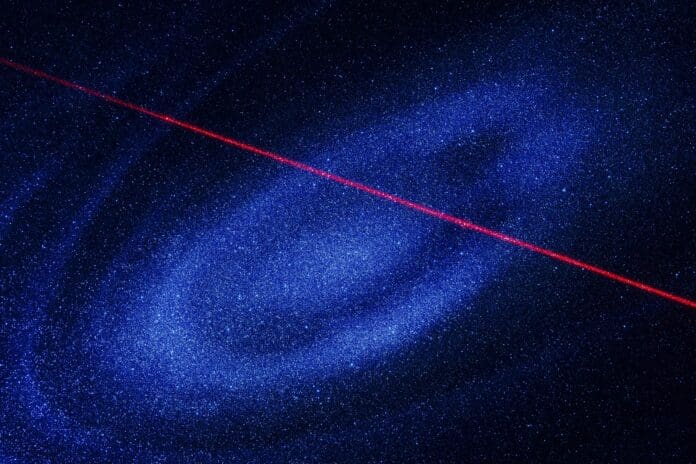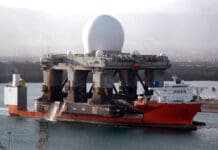This post is also available in:
 עברית (Hebrew)
עברית (Hebrew)
The UK is moving forward with the development of new sensors designed to detect and assess laser-based threats to satellites. The project, currently in early stages, aims to safeguard both civilian and military space assets from technologies that could track, dazzle, or impair satellite systems.
According to official UK estimates, nearly 20% of the country’s GDP depends on satellite services—including navigation, communications, financial transactions, emergency services, and climate monitoring. Disruption of these systems, whether through accidental interference or hostile action, could have significant implications for national stability.
The system under development is intended to determine whether laser activity—originating either from the ground or space—poses a direct risk. If so, it will provide actionable intelligence to help protect the UK’s space infrastructure, as well as that of allied nations.
According to the press release, funding for the project comes through the Unlocking Space for Government initiative, which supports the use of space-based technologies to enhance national resilience and security. An initial £500,000 has been allocated to support the first phase of development.
The effort is being led jointly by UK Space Command, which oversees military space operations, and the UK Space Agency, responsible for civilian space activity. Both organizations have emphasized the strategic importance of satellites to national infrastructure.
The project comes amid a broader shift in UK defense policy, outlined in the government’s Strategic Defence Review released earlier this year. Key focus areas include modernization of conventional forces, support for the defense industry, and deeper integration of digital technologies, such as autonomous systems and artificial intelligence. Space is also highlighted as a domain requiring dedicated investment to counter evolving threats.
The development of laser threat detection tools reflects this priority, as the UK and its allies face a more contested space environment and increasing activity from adversaries with counterspace capabilities.


























